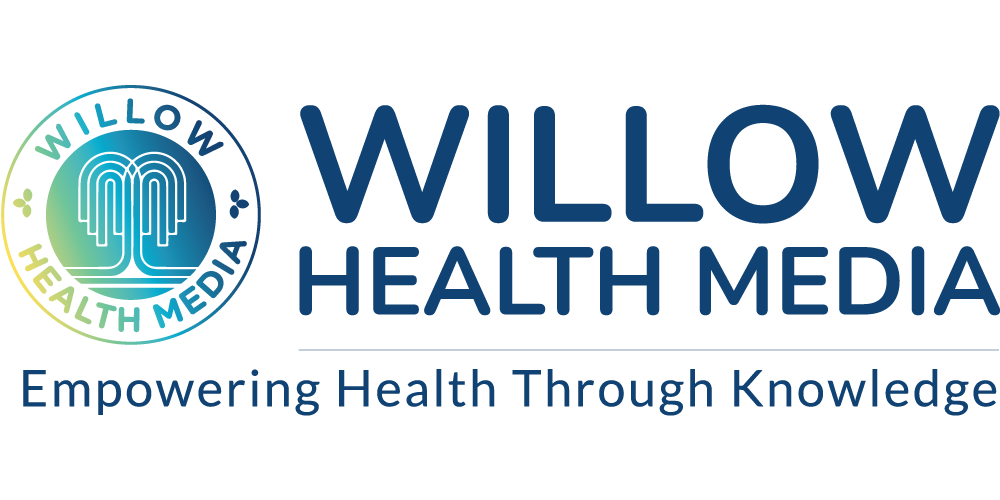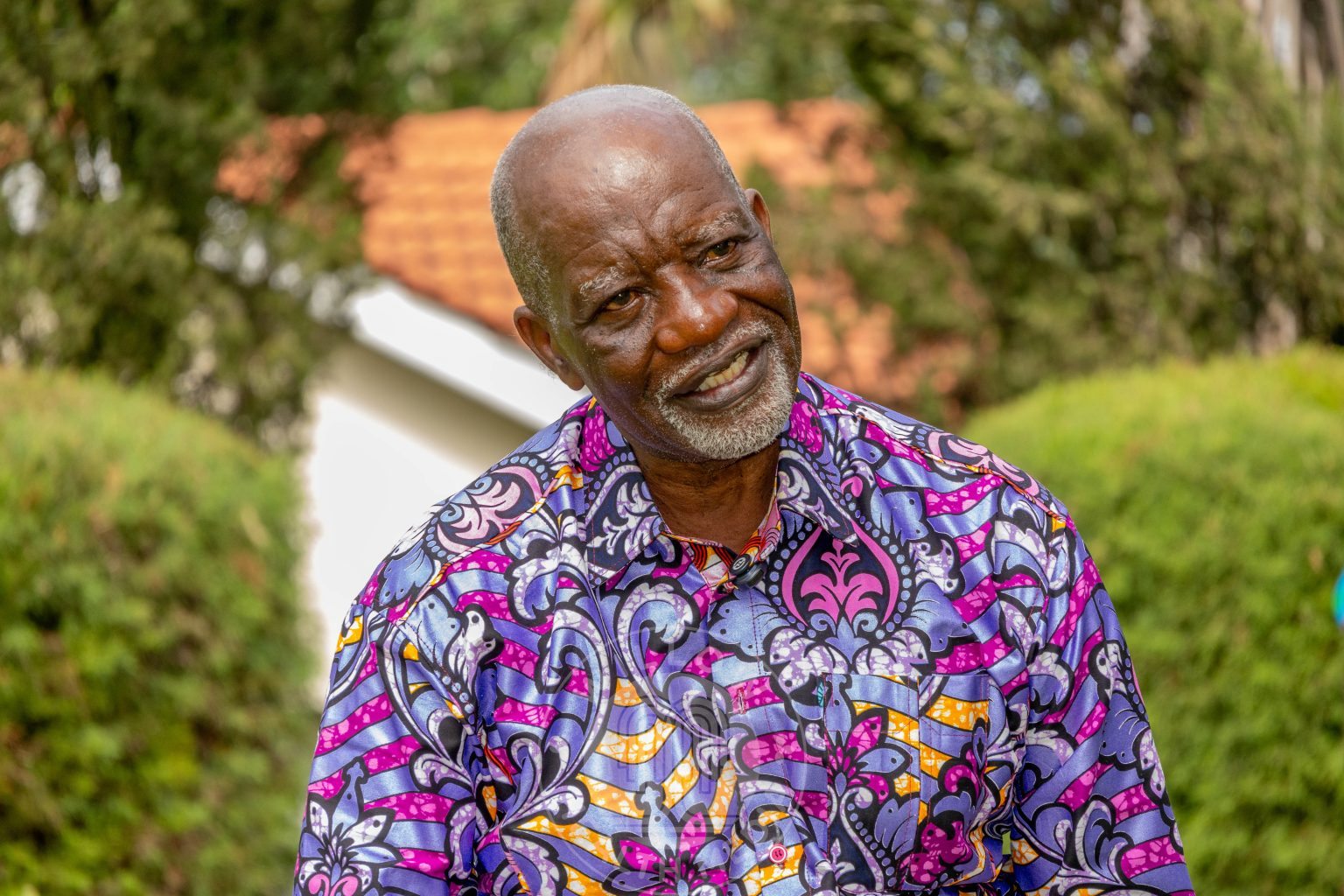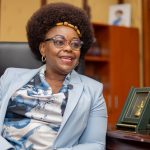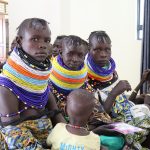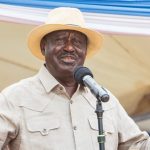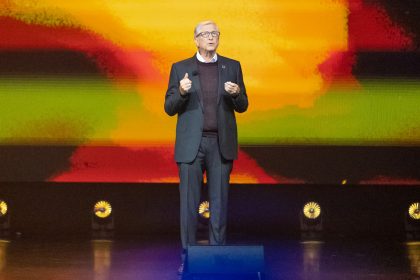He introduced Manual Vacuum Aspiration (MVA) in the whole of Africa, which changed management of abortions. Prof Rogo considers it one of his greatest global achievements.
When a stout man sporting a box-cut hairdo opens the non-imposing black gate to a neat compound, a lean figure bending his 70s, receives the Willow Health Media crew at his Gem home in Siaya County.
Today, Prof Khama Rogo is in a floral Mandela shirt, beige cotton pants, a baseball cap, and beige Sketchers that have seen better days on the road to the nearby Sagam Community Hospital, which he founded and funded.
Behind the simple mien lies a witty, restless bolt of energy whose achievements would drive some people to ostentatious lifestyles and self-destructive hubris. In case you’re wondering, Prof Rogo is the sibling of the late flamboyant politician and fashion icon, Orie Rogo-Manduli.
But at first sight, you will be forgiven for seeing in Prof Rogo an ordinary pensioner who has kept himself well against the vagaries of success, maintaining a neatly trimmed circle beard and a KCD-registration Toyota Harrier.
As the interview progresses, you realise he would have no problem fueling a 5.7-litre, bi-turbo V-8 behemoth that has become a mobility uniform for Kenyans who “have been there”, but that’s not him.
Prof Rogo was Lead Health Specialist and Head of the Health in Africa Initiative at the World Bank
For starters, Prof Khama Rogo is the universally recognised health systems consultant, reform guru, and restless warrior for health justice.
The professor in Obstetrics and Gynaecology holds a PhD in Gynaecologic Oncology from Sweden’s prestigious Karolinska Institute, where the Nobel Prize in Physiology or Medicine is awarded in Stockholm.
That is not all.

For ten years, Prof Rogo was the Lead Health Specialist and Head of the Health in Africa Initiative at the World Bank Group, in charge of Public-Private Initiatives. Not to mention his transformative contribution to Kenya and Africa’s health sector.
Prof Rogo was head-hunted for the World Bank job, and “It took a lot of persuasion for me to leave. I didn’t go there for the money. I was fine with my clinic in Nairobi,” he says.
After he left the World Bank, it took four people to fit in his shoes, which is hardly surprising.

Indeed, his intellectual footprints are found in far-flung lands, the USA, India, Francophone and Anglophone Africa, as we found out during our eight-hour interview on his well-kept lawn, a venue we chose in preference to the neat gazebo that boasts a miniature bar from where the shoulders and neck of a Bacardi bottle peep at visitors. But we are not here for fun.
Oburu Odinga and brother, Raila, were older and ahead of him in Primary school
Prof Rogo, we learn, was born in Kaloleni Estate in a “perfectly apartheid Kisumu” of the 1940s and 1950s when “Whites were first (class) citizens, followed by Asians and Somalis and ‘Africans’ third,” he recalls.
Oburu Odinga and his brother, Raila, were older and therefore ahead of him at Kaloleni Primary (for Africans only), and where his parents were pioneer teachers.
“Manyatta and Nyalenda were African reserves just like wildlife reserves, and you needed a pass to go to Kisumu. If you were found in Milimani, where white men lived, you were a vagrant.”

A white policeman would knock on doors at night looking for vagrants. If the door wasn’t opened by the third knock, he just kicked it open.
Kaloleni was tough with all manner of people, including the faithless and the tribeless. Lucky for little Rogo, in their household, “It was work, learn and pray. Our firstborn was Orie. We all knew how to cook. My chapati is as good as any girl’s. We were brought up equally.”
In Kaloleni Primary, the doctor in him manifested after being exposed to hospital dressers in their white uniforms. In his football team, he was always the “team doctor, treating” victims of vicious tackles and other injuries.
But it was at Dr Ochieng’s clinic in Kisumu where the medical bug planted its stingers. A young Rogo had delivered a letter from his father to Dr Ochieng, who was among the first Africans to graduate from Makerere with a medical degree, besides being a pioneer private doctor in the town.
Prof Rogo chose medicine as law, which his high school teacher recommended, was not challenging enough
Dr Ochieng looked at him and remarked, “I can see it in your eyes; you are a doctor, and it just entered my head that I would be a doctor.”
Rogo would later play for Kisumu Stars as a University of Nairobi first-year medical student.
This ended when, upon seeing a picture of him airborne while fighting for the ball with the legendary Kenya Breweries’ right winger Binzi Mwakolo appeared on the sports pages, Prof Joseph Mungai, who taught Human Structure and Walking, advised him to choose between medicine and football.
“On Friday, I was on an Akamba bus to Kisumu to play for Kisumu Stars with Bobby Ogola,” he recalls. This stressed his studies as he would catch the same bus at one O’clock on Sunday, arriving in Nairobi at 7 am for classes.
Rogo had no option. Medicine was not like Law, which his high school teacher, a Mr Taylor, had recommended, but he thought it not challenging enough.
“Passing exams was not a problem. I had a one [distinction],” he says, referring to his O-Level results at Homa Bay High School before proceeding to Duke of York School, now Lenana School, and then the University of Nairobi in 1973, where he says, “we were the best from East Africa.”

Other students juggled lab coats and football boots, which is how we had Dr William Obwaka and Dr JJ Masiga
At the university, things were harder than he had reckoned.
“In the first year, you had to cram human anatomy and embryology. You enjoyed your Boom (student’s stipend) and realised how much you had missed once you were back in class. The first two years in medicine were the toughest, but rewarding.”
Later, other students would somehow juggle lab coats and football boots, which is how you had football stars named Dr William Obwaka and Dr JJ Masiga.
Rogo graduated in 1978, but not before traversing a rough patch as the chairman of the Association of Medical Students of the University of Nairobi, AMSUN.
“I am still the chairman of the class 50 years later,” he says.

At the university, Rogo hadn’t decided whether he would be a physician or a surgeon, but he knew paediatrics was out for him.
He had noticed the suffering at the infamous Ward 6 of septic and incomplete abortion patients
“I didn’t like the way kids cried even when you tried to do the best for them.” So, he became an obstetrician-gynaecologist because it rolled a physician and a surgeon in one role.
Rogo would be the Medical Officer in charge of the Kwale District Hospital, but his passion for obstetrics and gynaecology found a home in Kenyatta National Hospital (KNH), where he had noticed the suffering at the infamous Ward 6 of septic and incomplete abortion patients. It tugged at his heartstrings.
“You go to the theatre and find the suffering young girls and women coming in. You go to the theatre; you find the uterus is rotten. I said something must be done about it”.
Prof Rogo had also been disturbed by the high maternal mortalities at Kenyatta. The pathos and ethos that shaped his zeal to do the best are encapsulated in the stream of consciousness below:
“I loved saving lives. I have never seen a place where the lives you save become more immediate. Whether it’s a newborn or the mother. She’s coming in; bleeding, collapsed. You resuscitate, you remove the placenta… sometimes it’s a placenta that is retained, and life just comes back to this person, and then there is the baby you struggle to deliver, and you do a caesarean section. He can’t breathe.”
This method of terminating pregnancy using suction is done when the patient is awake
Saving lives bestowed on Prof Rogo spiritual, moral and intellectual worth.
“The rewards were very immediate and very real. Then they live to thank you. The “thank you” from a mother whom you have saved, and the baby is there. Those things just overwhelm you. And I said, ‘This is it.’ I said this is why I went to medicine, and reproductive health became my mantra.”
Armed with a master’s degree and now a university lecturer, the future professor vowed to transform Ward 6 from a place of suffering by replacing theatrical surgery with a technique called MVA, Manual Vacuum Aspiration.
This method of terminating pregnancy using suction is done when the patient is awake with a narrow tube attached to a syringe that is used to empty the womb using aspiration (gentle suction), according to one authority.
“It was battle royale,” he recalls, referring to the opposition of the potentially life-saving technique by the Catholic Church.
With Ward 6 ever full of incomplete septic abortions, and nurses incessantly bringing in more patients from casualty while others were recovering from anaesthesia, it was hell.
As a student in KNH, Rogo had once conducted 75 uterine evacuations from 8am to 8pm because, in his words, “the ward is full and is being filled every time from casualty, and you have to be in theatre because the women are brought in bleeding.”

With 100 patients and all that sepsis, ward 6 was where medics were posted as punishment
“When I became a lecturer with knowledge about MVA, I said you didn’t have to be an MD doctor to do it. It could be done by nurses in a health centre. So, decentralise this thing so that people can be helped faster and closer to home. I demonstrated this at Kenyatta.”
Ward 6 was known for crowding, “with 100 patients and all that sepsis.” It was also the ward where you posted nurses and doctors as punishment.
“I said this is not right,” recounts the professor. “I said we will be having tea here, and it happened. I set a room aside for the MVA, and patients didn’t have to go to the theatre. We did it without anaesthesia because with MVA, the cervix is already open. You simply suck. You don’t scratch, and the woman walks home.”
Within a month, he had cleaned the ward and reduced the traffic and, more importantly, the suffering of patients.
It was an endeavour that won praise and condemnation, but he was ready. The Catholic Church was livid because Prof Rogo and his team were also offering post abortion and adolescent health counselling, which it considers antithetical to its doctrines.
Catholic Church head, Cardinal Maurice Otunga would write asking that Dr Rogo be fired
At the Consolata Kindergarten, Mother Superior tried to expel his youngest daughter, Paula, because of the “evil things” her father was doing at Kenyatta. That stopped after consulting his lawyers, Oraro and Rachier Advocates.
The head of the Catholic Church in Kenya, Cardinal Maurice Otunga, would write to the Dean of the Faculty of Medicine, Prof Nimrod Bwibo, asking that Dr Rogo be fired, only for the university to say no in recognition of his work at KNH.
Prof Rogo would introduce MVA in the whole of Africa, which he considers as one of his greatest global achievements, “because it was a life-saving thing for everybody. It changed the way we managed abortions,” he says.
MVA would transform Mama Yemo Hospital in Kinshasa, Makerere, Muhimbili in Dar es Salaam and Black Lion Hospital in Ethiopia, to name but a few.
In recognition of his contribution to reproductive health in Africa, Prof Rogo would become the President of IPAS, Africa.
